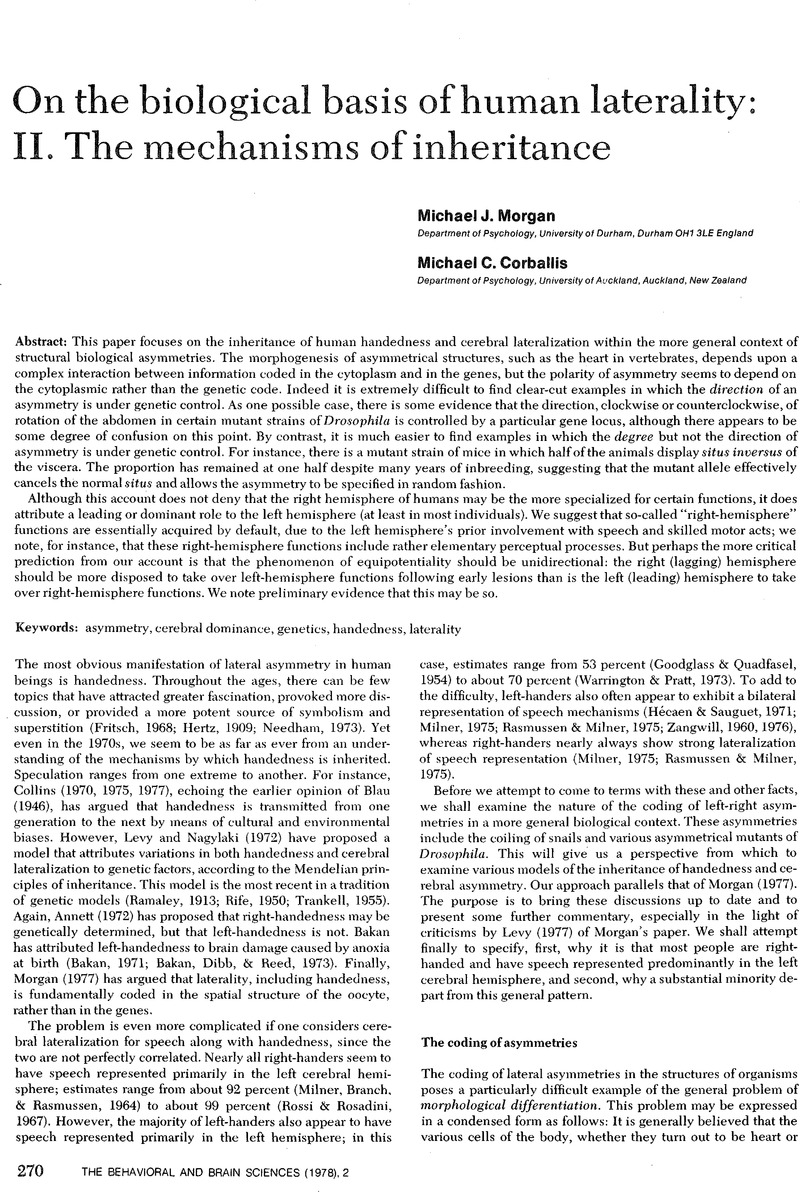Crossref Citations
This article has been cited by the following publications. This list is generated based on data provided by Crossref.
Schubert, Glendon
1983.
Psychobiological Politics.
Canadian Journal of Political Science,
Vol. 16,
Issue. 3,
p.
535.
HARRIS, LAUREN JULIUS
1983.
Manual Specialization and the Developing Brain.
p.
177.



